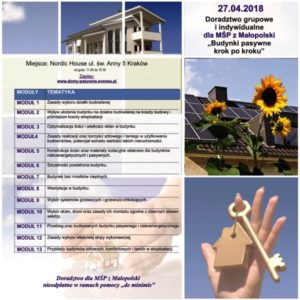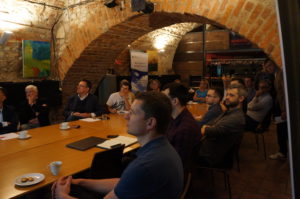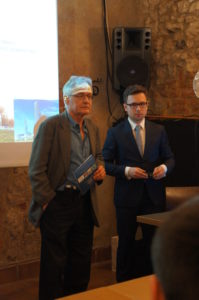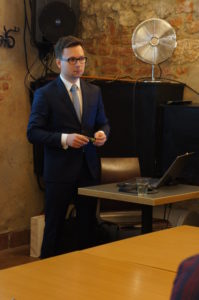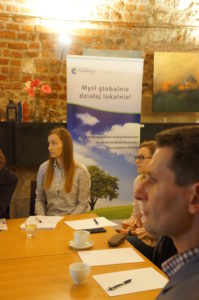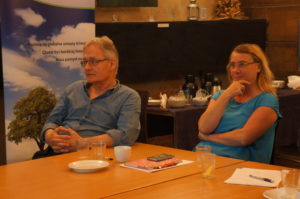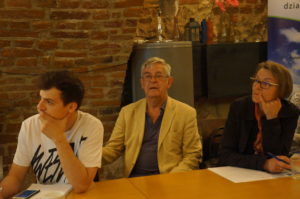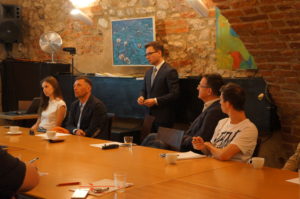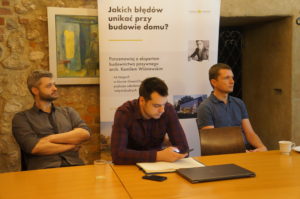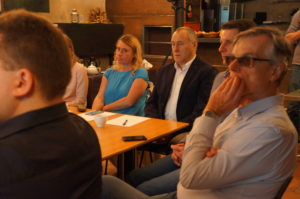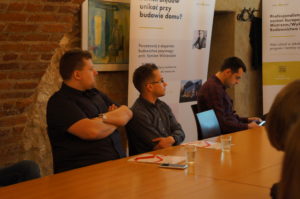Consultancy on “Passive buildings step by step”
On 27.04.2018 SPCleantech organized at its headquarters in Krakow as part of the SPIN project workshops for installers “Individual and group consultancy for SMEs – passive buildings step by step”. The lecturer was a representative of the Passive Buildings Institute in Darmstadt, a well-known architect, Kamil Wiśniewski from Green Cherry Architects from Wrocław.
During the training organized in cooperation with the Małopolska Center for Energy-efficient Building (MCBE) of the Cracow University of Technology and the Center for Sustainable Development and Energy Conservation of AGH in Miękinia, Kamil Wiśniewski raised the following topics:
- rules for choosing a building plot
- the impact of building layout on a building plot on construction costs and subsequent operating costs
- optimization of the number and size of windows in the building
- the principles of implementation and the benefits of a healthy and inexpensive use of construction, the potential to increase the value of such properties
- wall constructions and insulating materials specific to low-energy and passive buildings
- air tightness of the building
- building without thermal bridges
- ventilation in the building
- selection of heating and heating / cooling systems
- selection of windows, doors and rules for their assembly in accordance with the current state of knowledge
- the course of construction works in passive and low energy buildings
- the principle of choosing the right team
- examples of healthy, comfortable and cheap buildings in use



